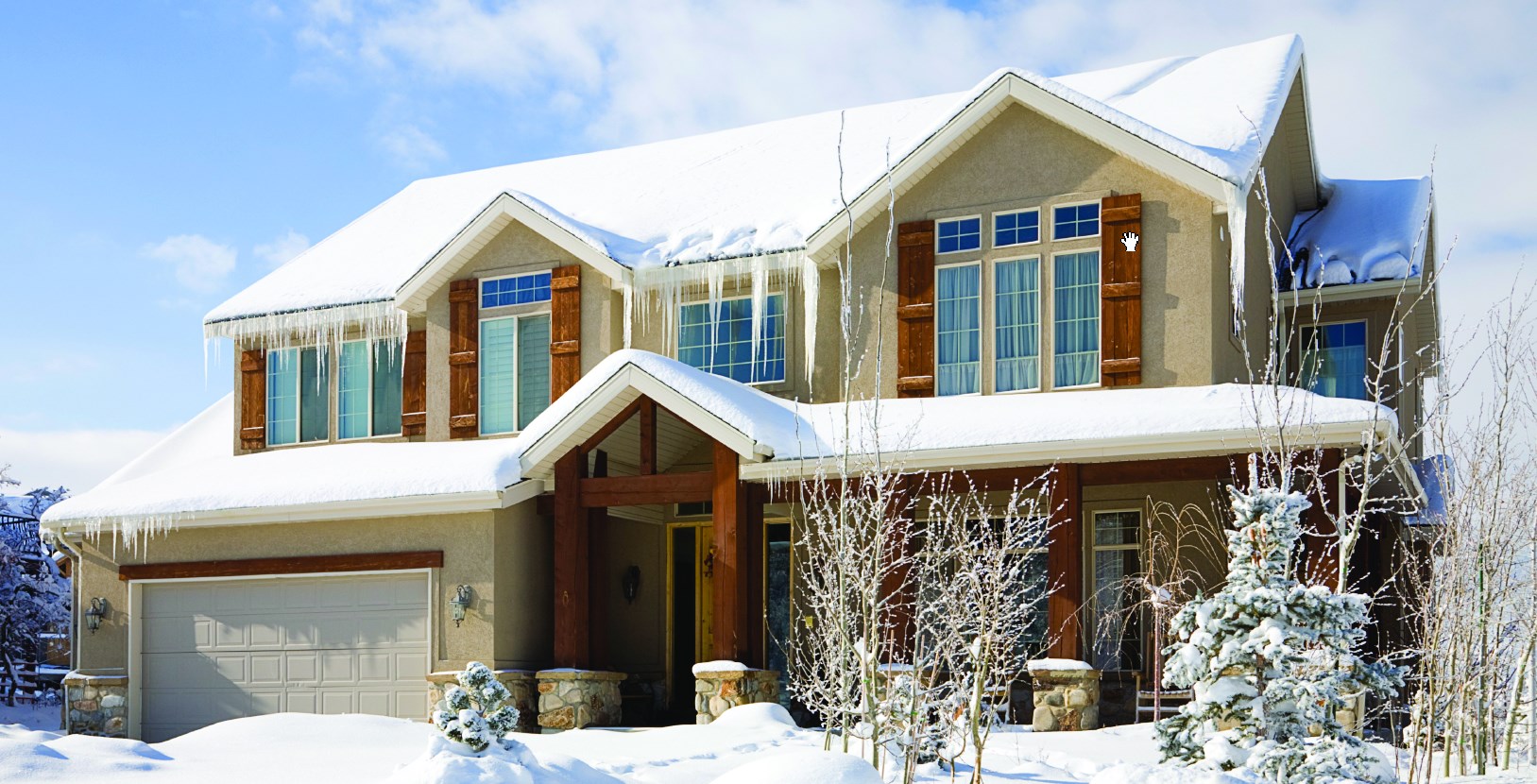
When cold weather is due to set in, be extra vigilant as just one burst pipe in the loft can mean water gushing through your property ruining furnishings and belongings along the way and in some cases bringing ceilings down. It’s best to check with your HVAC provider on how to maintain your home’s temperature in the winter. Ensure that the heating system is set up correctly by consulting with a furnace services company.
Your cover
Damage caused by freezing water and leaking or “escaping” water from tanks, pipes, or heating systems is covered as standard under most contents and buildings insurance policies. Damage to the pipe itself is also usually covered under buildings insurance.
Prevention – try and get prepared in advance of cold weather
- Lots of lagging – One of the main causes of freezing pipes is lack of lagging – so anyone attempting to do a bit of plumbing themselves, should bear in mind that pipes and tanks in the loft, or anywhere else liable to freeze, need to be properly lagged.
- Insulate on top of pipes – Insulation should be laid on top of pipes rather than underneath them, as insulation laid below the pipes will prevent rising heat reaching them. Wrap up water tanks and cisterns in insulating jackets.
- Keep your home warm whilst you’re away
If you are going away for a few days or weeks – leave your heating on at a constant low level, this will keep water in pipes at a constant temperature and means they should not get cold enough to freeze. Also, remove the hatch to your loft so that warm air can circulate while you are away.
(This may appear a little extravagant, but it might mean the difference between a ruined home or a dry one when you return from your break)
It is also worth getting friends or family to check on your home while you are away, since a problem spotted early could mean damage is minimised.
- Find the stopcock – Before cold weather arrives, find your main stopcock and make sure you can turn it on or off. It’s generally found underneath your kitchen sink. There should also be an access point for a stop cock outside your home (normally near your driveway) so if all else fails you can turn off the supply there.
- Check the taps – Repair any dripping taps and don’t forget to insulate outside taps in your garden or garage (or turn off the water supply to them altogether).
Do you already have frozen pipes?
- If taps aren’t working, showers aren’t running and you have problems with your heating it could be you have frozen pipes and it’s likely you will already know about it! Check with a residential drainage expert to check on your pipes and drains.
- If you’re not sure make sure you check all the taps in your home, especially those hidden away outdoors or in the garage, are they running freely? And what about water fountains and features in the garden? It could be they have frozen and you didn’t even know!
Can I prevent them bursting?
If you have a frozen pipe that is accessible try gently warming it up with a hairdryer. At the same time turn on the tap or water supply to that pipe EG the tap or shower and keep it running. Leave the tap on until the water starts running again.
If the worst happens:
If pipes have burst turn off the water at the main stop cock – by turning off the water you will reduce the amount of water which can escape and so minimise damage to your home. Switch off central heating and any other water heating installations at the same time to avoid further damage and open all taps to drain the system. Call your insurer as soon as possible.
